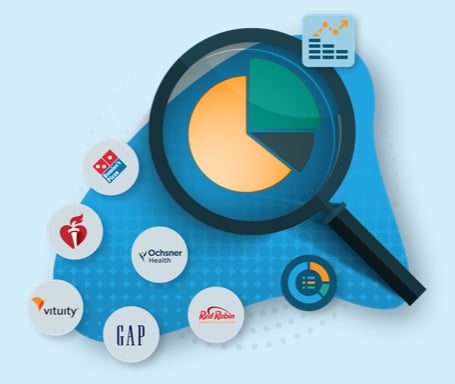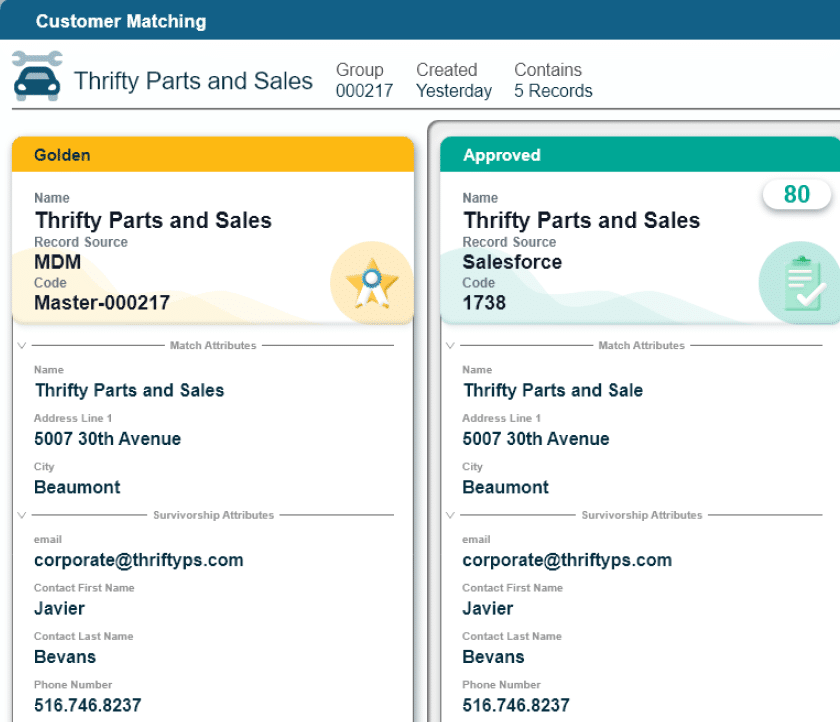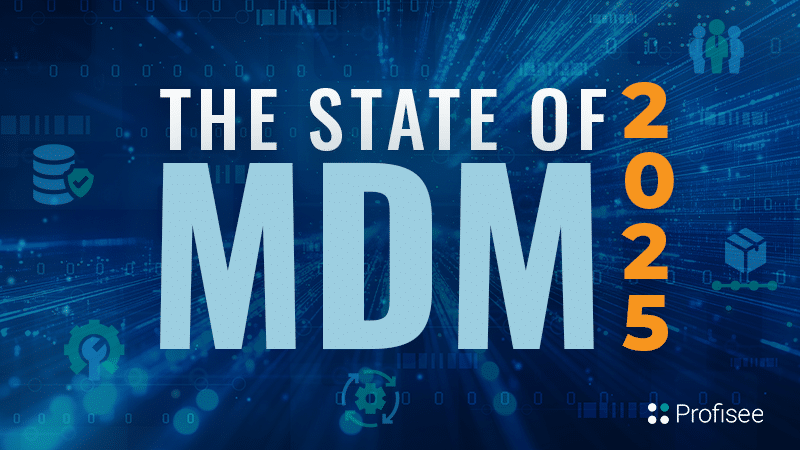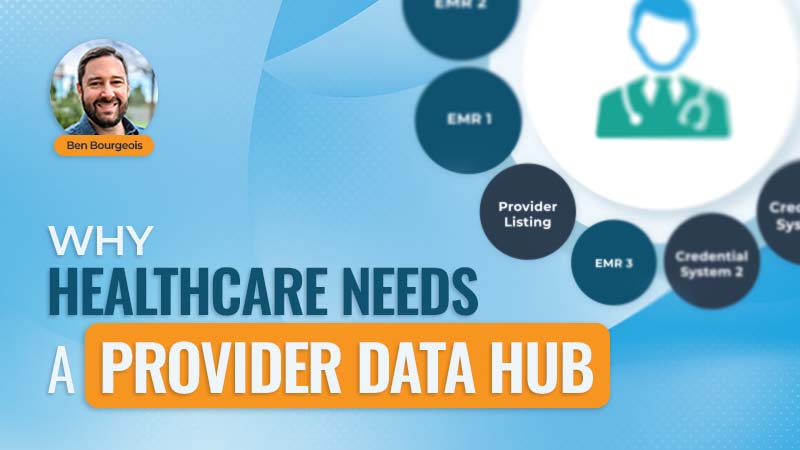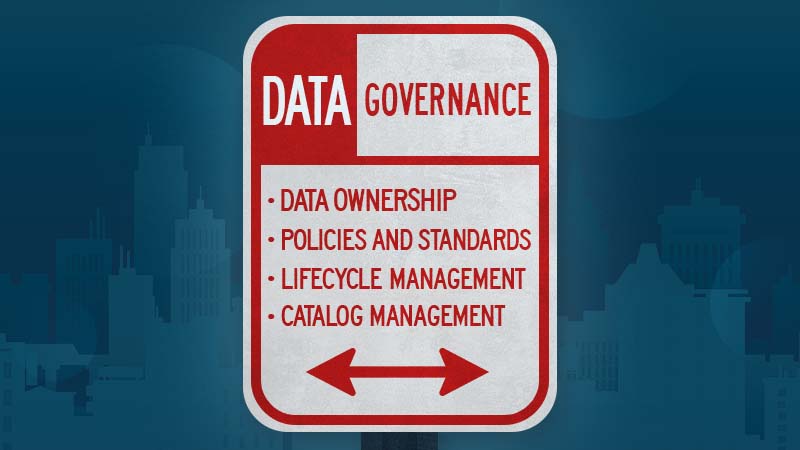How is generative AI adoption going to impact data organizations and functions? What do the requirements for RAG patterns look like in our organization, and how should we manage our data to meet those requirements? Will we need to manage and master unstructured data, and if so, how?
These questions and more are all top of mind for data professionals right now, and while I may not have all the answers, I still want to help provide some direction. That’s why I wrote The State of Master Data Management 2025, the latest version of my annual report on the state of the MDM market, updated for 2025. In the report, I cover everything from reflections on past predictions, current trends in the world of data like the ones mentioned above and detailed analysis of major MDM vendors by category.
For my full analysis and insights, get your free copy of the report below, or keep reading for a high-level overview of what you can expect from it. I hope you find this information useful — I’d love to hear your thoughts, feedback and questions in the comments below!
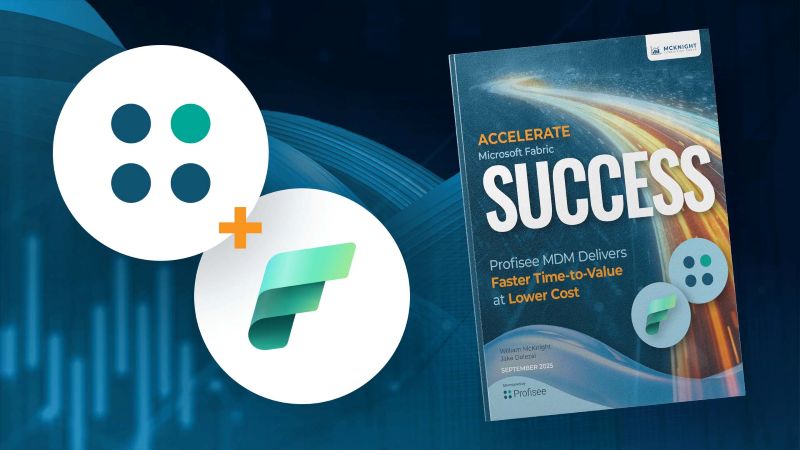
Accelerate Microsoft Fabric Success
MDM: Vital and Robust
One thing is clear: MDM is more important now than ever. Last year, Gartner reported that the MDM market grew by over 8% in 2023, and I suspect it probably grew between 5-7% in 2024. With more and more companies entering the MDM space, this vital tool is no longer just a nice-to-have — it’s a must-have. The MDM market is in a state of slow expansion, testament to the rising demands of modern data governance, and I think we can expect it to be with us for the long haul.
You’ll hear me say this often, but I’m adamant that MDM will always hold relevance, even with burgeoning alternatives like data mesh or other highly federated approaches to data management. MDM plays a critical role as long as organizations operate with decentralized functions and varying data perspectives, and that’s only going to become more important in the years ahead as MDM technology advances to be able to process structured and unstructured data (more on that in a bit) and as gen AI tools and use cases mature.
The Future of MDM: Knowledge Management
People often say they want to use MDM to create a single source of truth, but what is truth, exactly? Without getting too philosophical, I think we need to acknowledge that, while some things are indisputable — your CEO might give you a funny look if you say “it depends” when asked how many customers you have — multiple versions of the truth exist across the organization. The “truth” might look different for sales than it does for finance, for example.
Truth is contextually bound. By that, I mean there are multiple contexts in a business, and the way a CEO views the business is one of them. You need a way to manage them all. This is one area where MDM will become increasingly important.
MDM needs to evolve into a form of knowledge management, and I think we’re already seeing it start to move in that direction. Data combined with context produces actionable insights and knowledge, which is crucial for meaningful decision making in organizations. To that end, I think we’re going to see a convergence of MDM with data catalogs, metadata management, data quality and data integration. Some MDM providers will, of course, remain focused on MDM (and my report identifies them), but others are expanding their capabilities to go beyond what you might traditionally think of as MDM.
Pure Play Versus Platform Providers
For the vendors looking to expand their capabilities beyond the scope of a typical MDM tool, data management offerings are becoming more like platforms than standalone tools. Informatica, IBM, Oracle and SAP all fall under this category as they focus on building more comprehensive solutions that include a suite of tools for data catalog, data quality and data integration in addition to typical MDM features.
The idea here is you only need to buy one tool instead of several to execute your data initiative. It’s no surprise that these solutions tend to be more costly than best-of-breed alternatives and therefore tend to appeal more to larger enterprises. However, I think we are going to see a shift in 2025 of companies moving away from platform providers to more affordable pure play providers, like Profisee and Reltio.
Best-of-breed providers still need to be used in tandem with other data management tools like Microsoft Purview and Databricks, and it’s important to keep the MDM hub focused on its core capabilities. Overloading the hub with transactional data, for instance, can lead to confusion to undermine broader data management efforts.
MDM’s Role in AI
While many MDM providers have focused on selling MDM as a tool for enabling gen AI at scale, very few companies have made significant progress on gen AI adoption. In fact, gen AI enablement is not necessarily even the biggest driver for companies purchasing MDM. When we start asking ourselves, “Why do companies buy MDM tools?” the answer seems to be, “For the same reasons they’ve always bought them.”
While MDM can support “classic AI,” it shows limitations when it comes to gen AI due to the way master data is structured. Gen AI relies heavily on unstructured data, which many MDM tools are not fully equipped to manage. Nevertheless, companies such as Nestlé Purina and Lexmark effectively use MDM to back classic AI.
Looking to the future, augmented MDM is quickly gaining steam and may very well be augmented to the point of near automation in years to come. I think what we’ll eventually see is a spectrum where augmentation gradually shifts into complete automation of various MDM capabilities.
MDM’s Impact on Business Values
One final point I’d like to touch on is the relevance of MDM to business performance. A crucial challenge in getting a new MDM program approved is defining the connection between MDM to business value.
Understanding customer processes, KPIs and binding them to data KPIs can help with this. Trends such as the adoption of cloud migrations, applying MDM to unstructured data and embracing product management principles in data product development need attention as well — something I discussed at length in my ebook, The Playbook for Modern Data Leadership.
But again, augmented MDM is growing quickly and will be an increasingly important factor for organizations to consider when they compare vendors. This is especially true when we talk about using MDM to manage unstructured data, as this is an area where augmented MDM really shines and can help accelerate adoption of gen AI across the organization — an initiative with massive potential to deliver positive business outcomes.
The Future of MDM
The future of MDM isn’t defined by a single breakthrough but by our collective ability to blend traditional data governance with emerging innovations. As we confront new challenges — from integrating unstructured data to leveraging generative AI — I think we’ll see MDM evolve into more of a strategic framework that goes beyond a single source of truth.
Even today, MDM is about creating a dynamic, context-rich ecosystem that empowers every part of your organization to make smarter, more agile decisions. This evolution signals not just a change in tools, but a transformative approach to harnessing data as a core business asset for long-term success.
The State of Master Data Management (MDM) 2025

Malcolm Hawker
Malcolm Hawker is a former Gartner analyst and the Chief Data Officer at Profisee. Follow him on LinkedIn.
